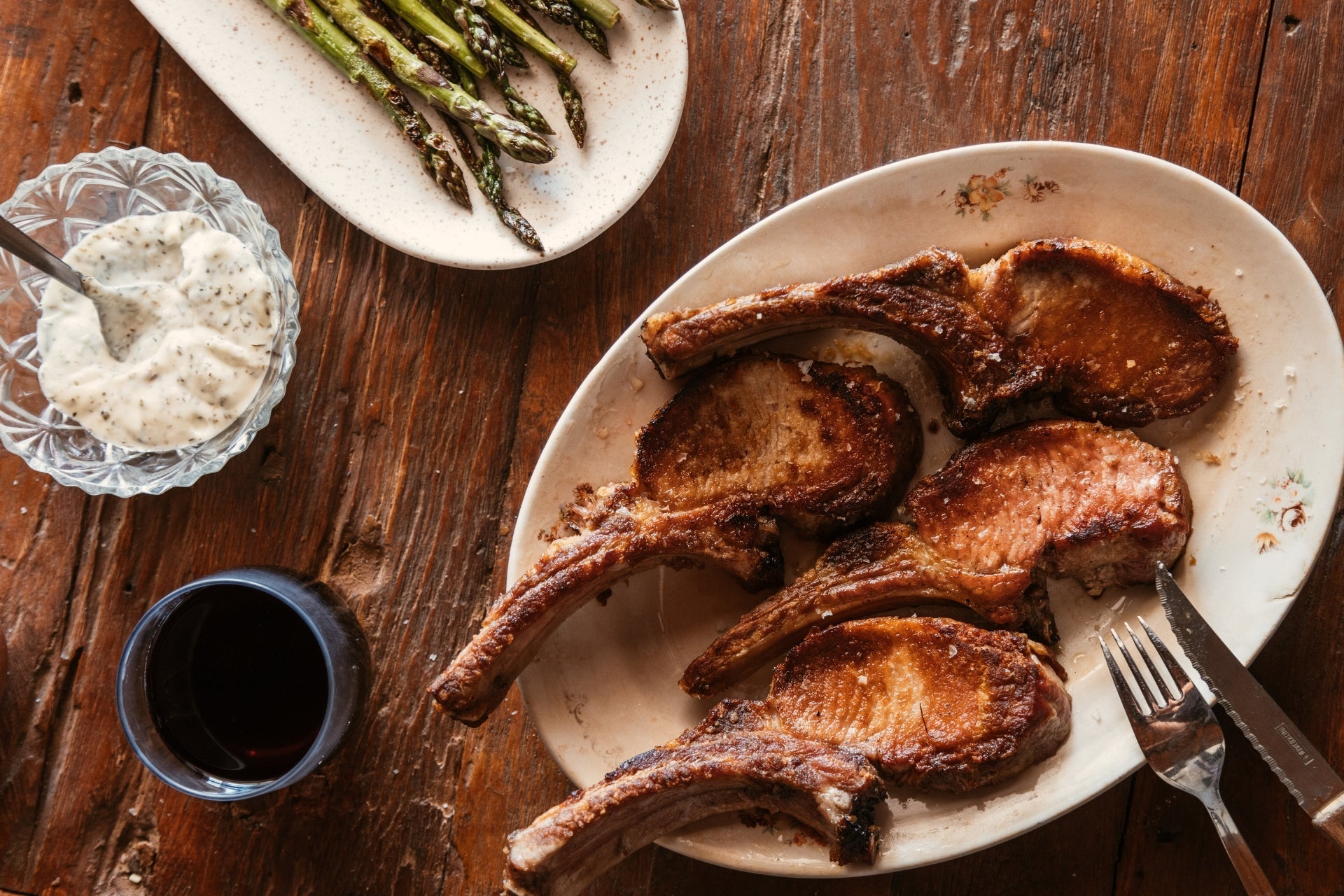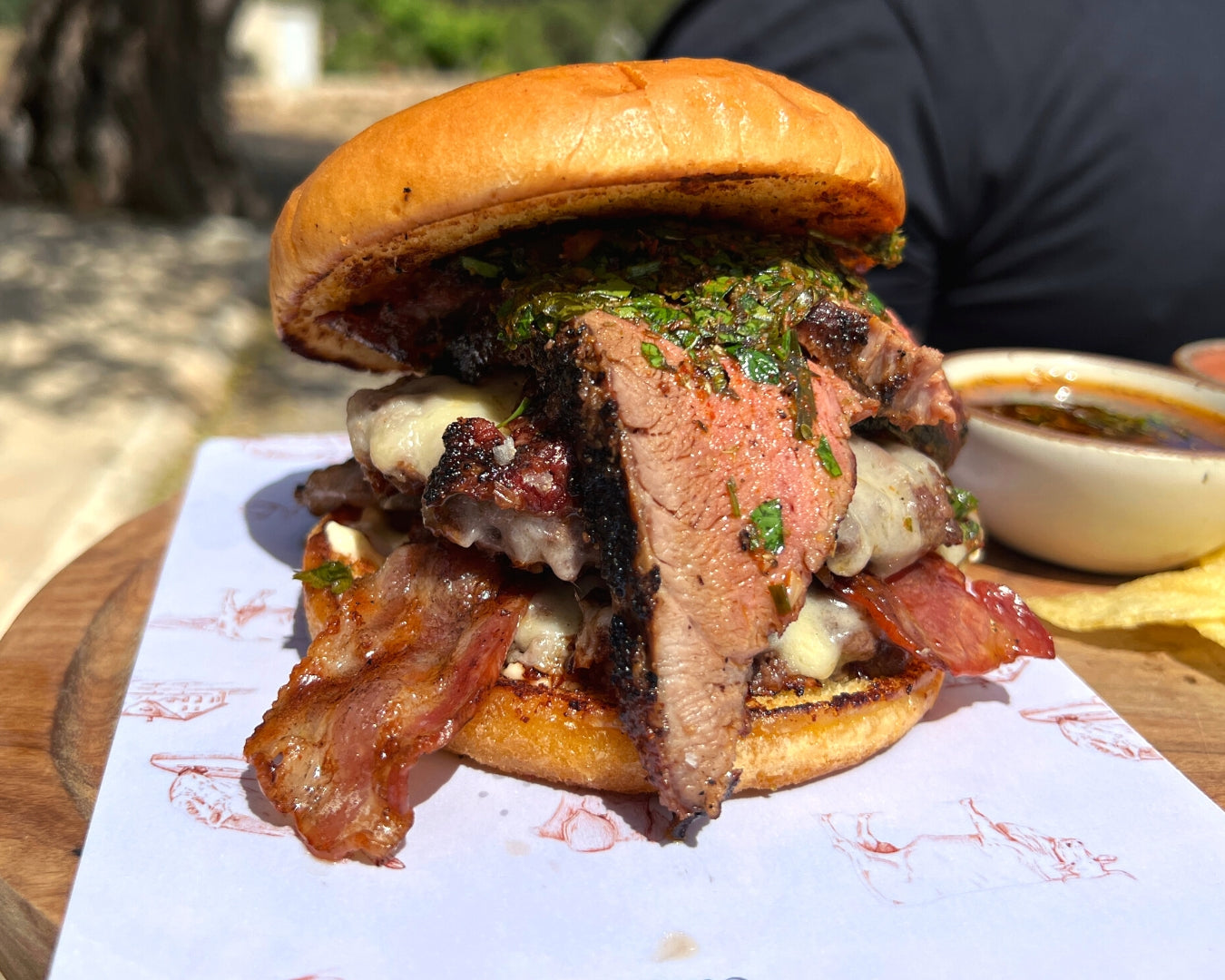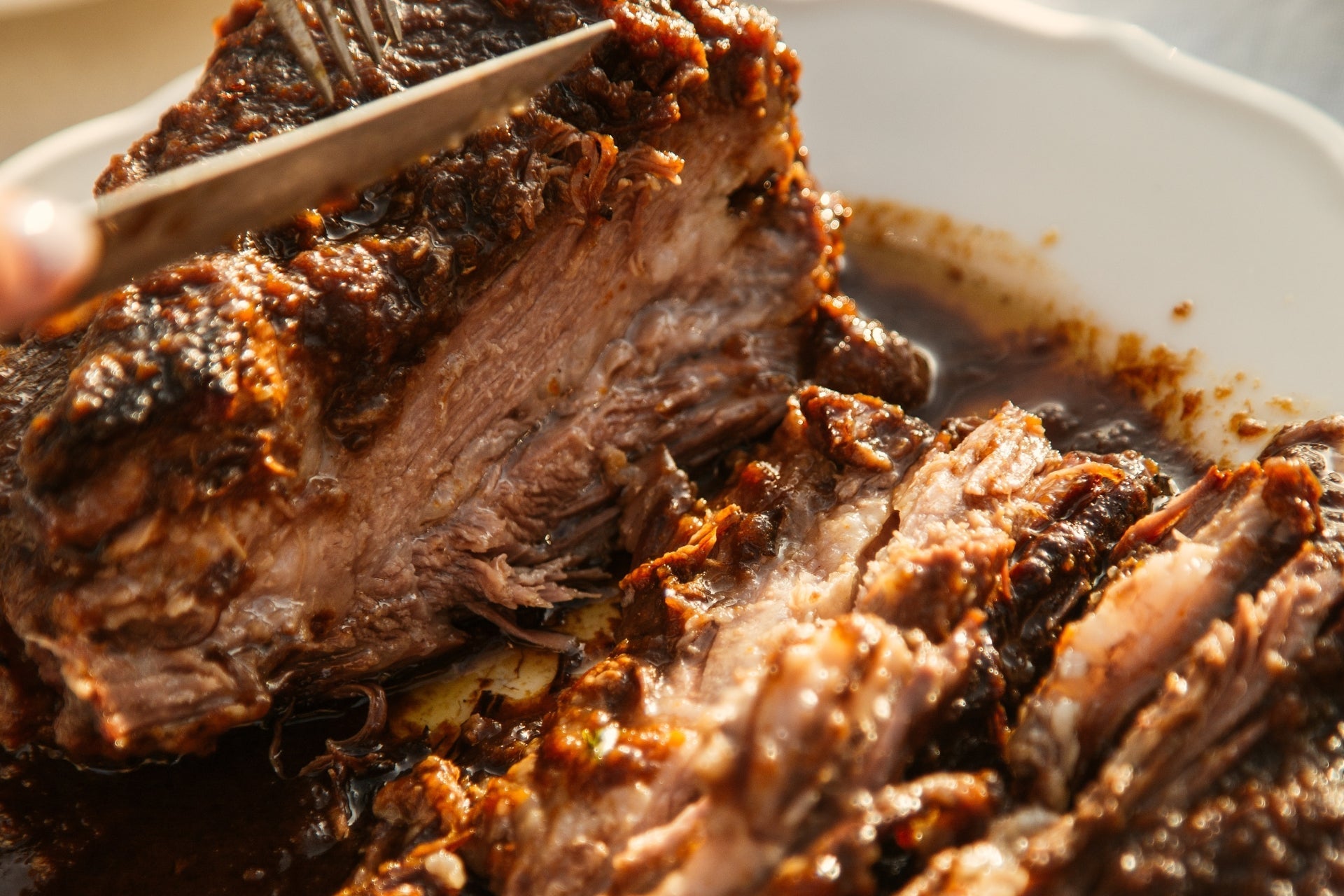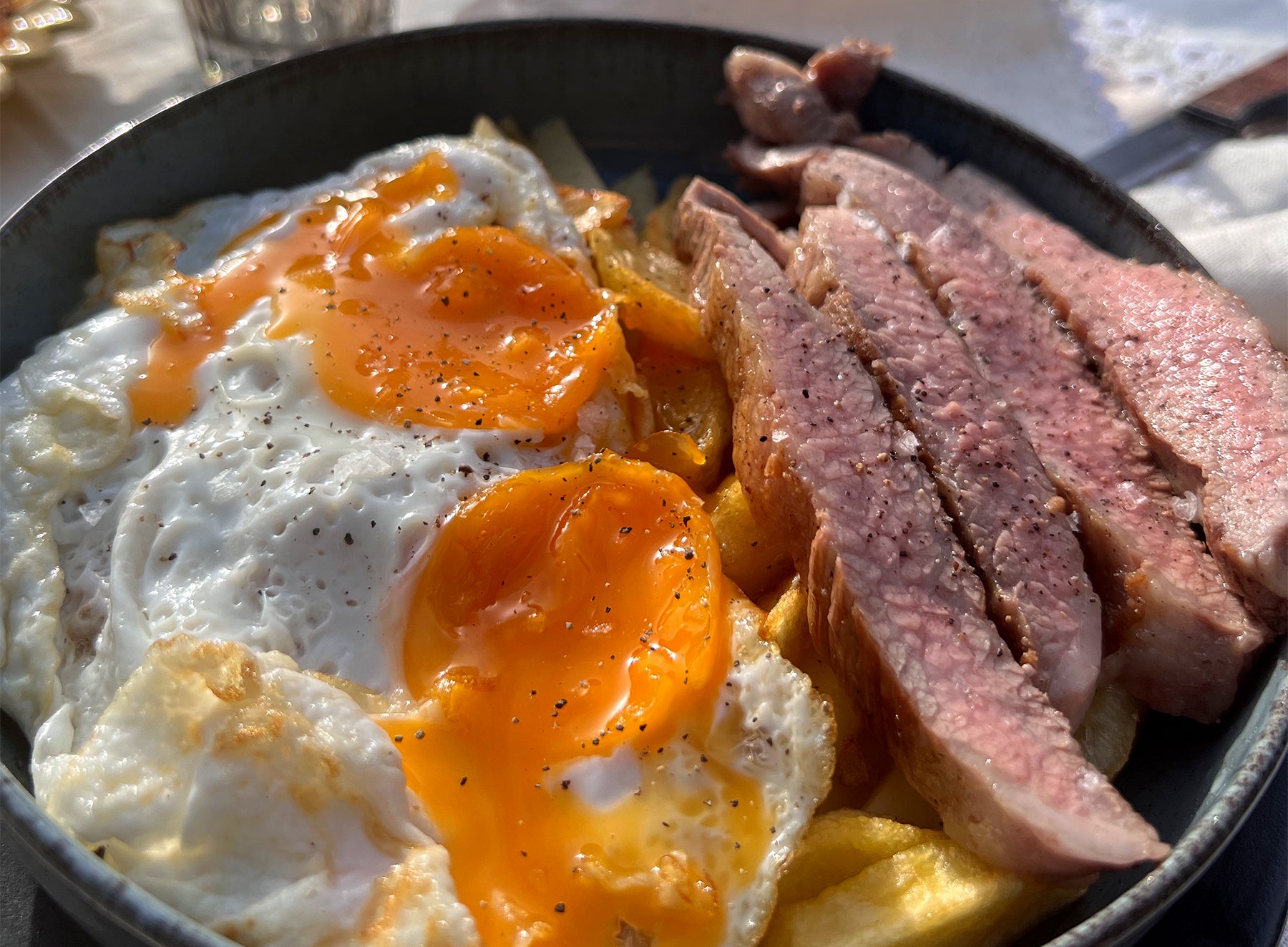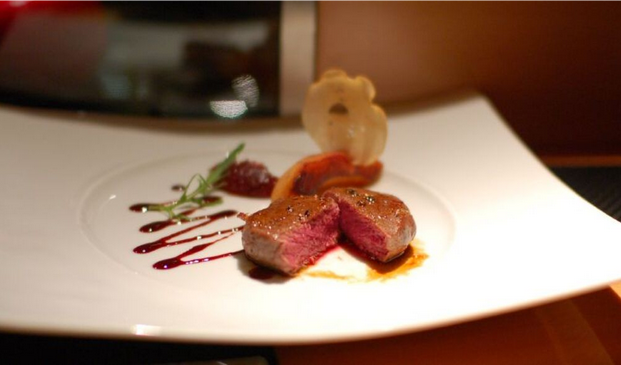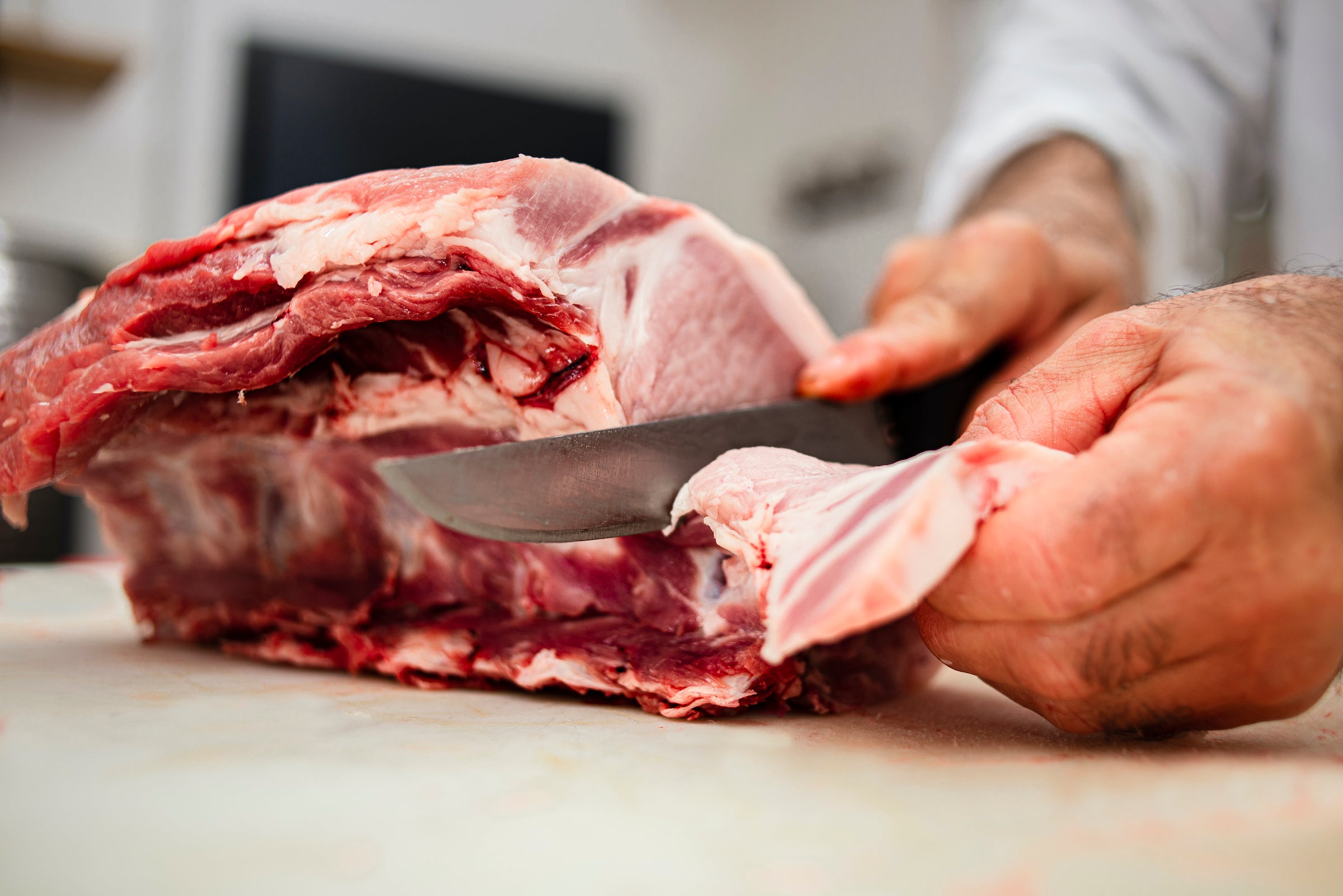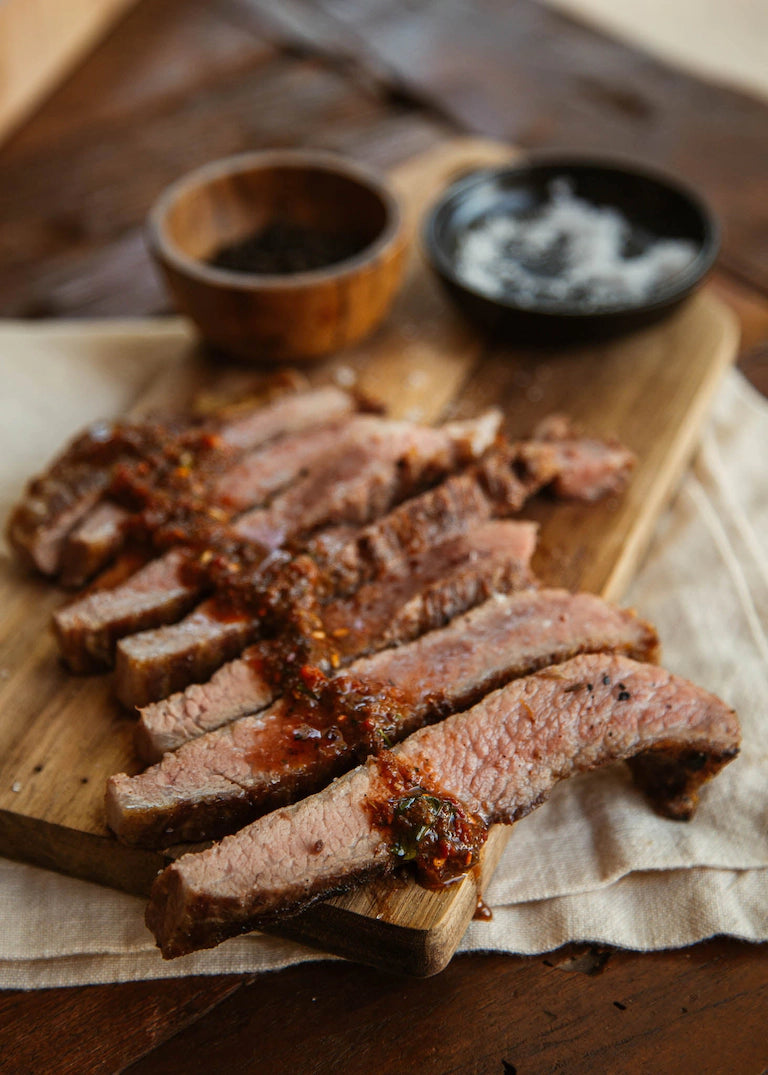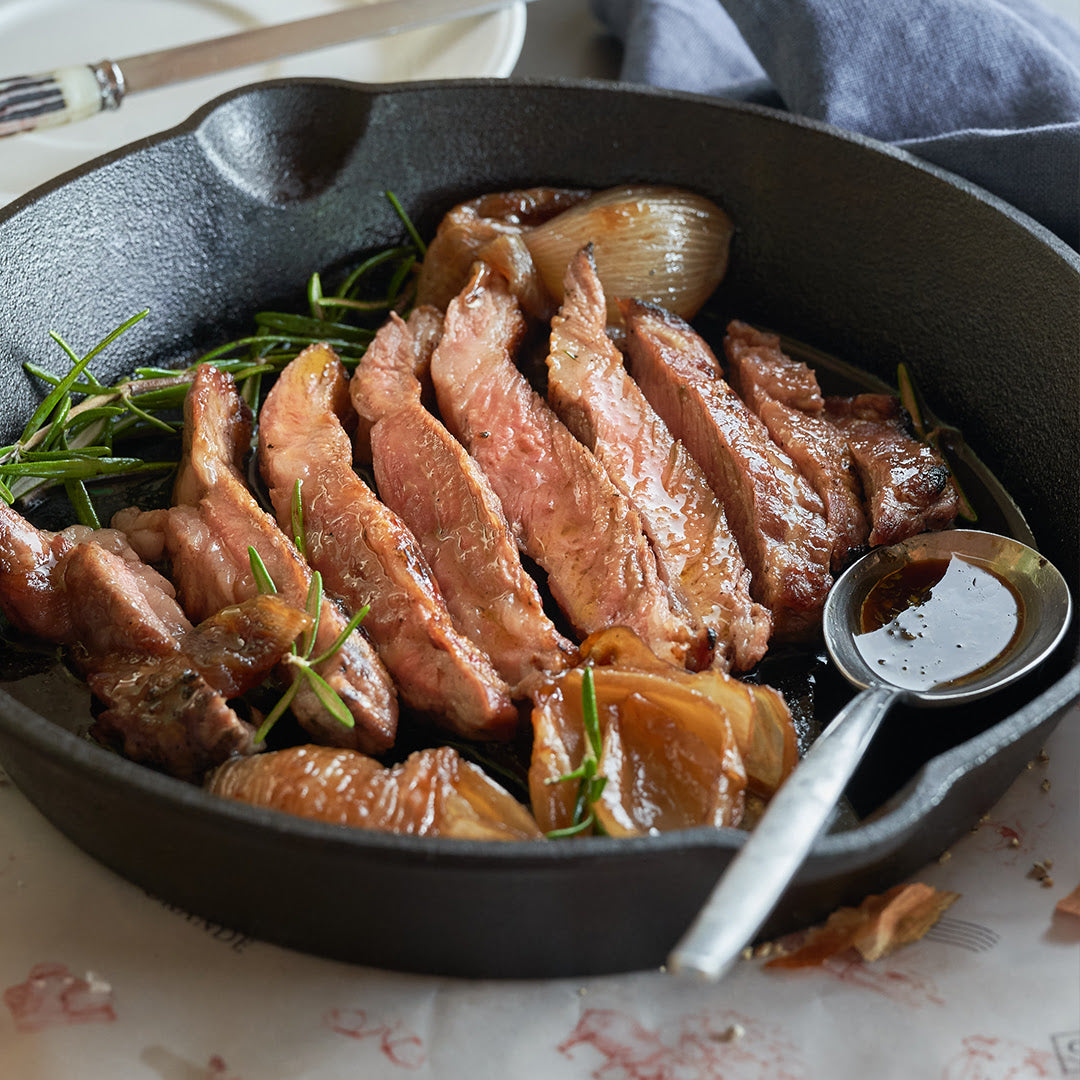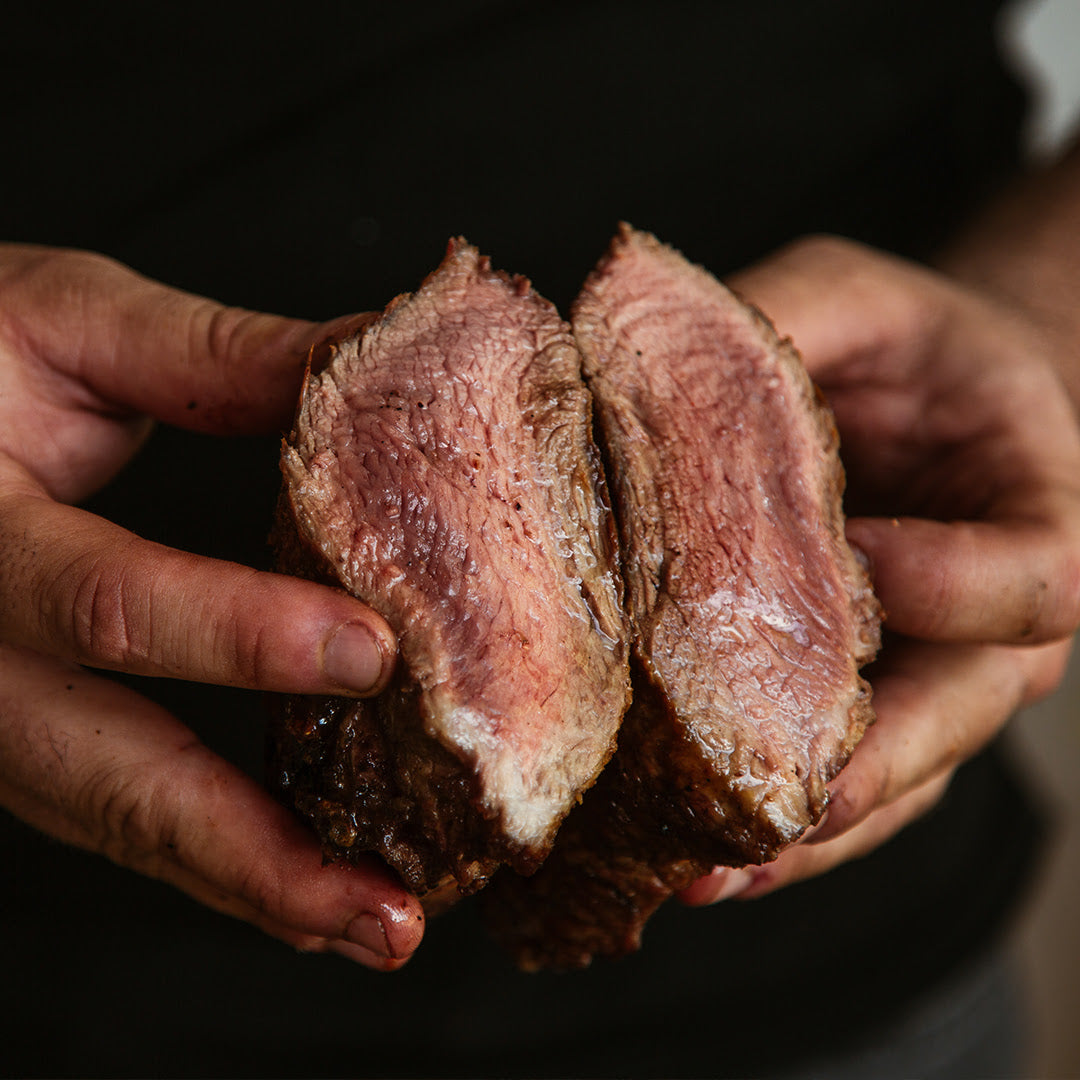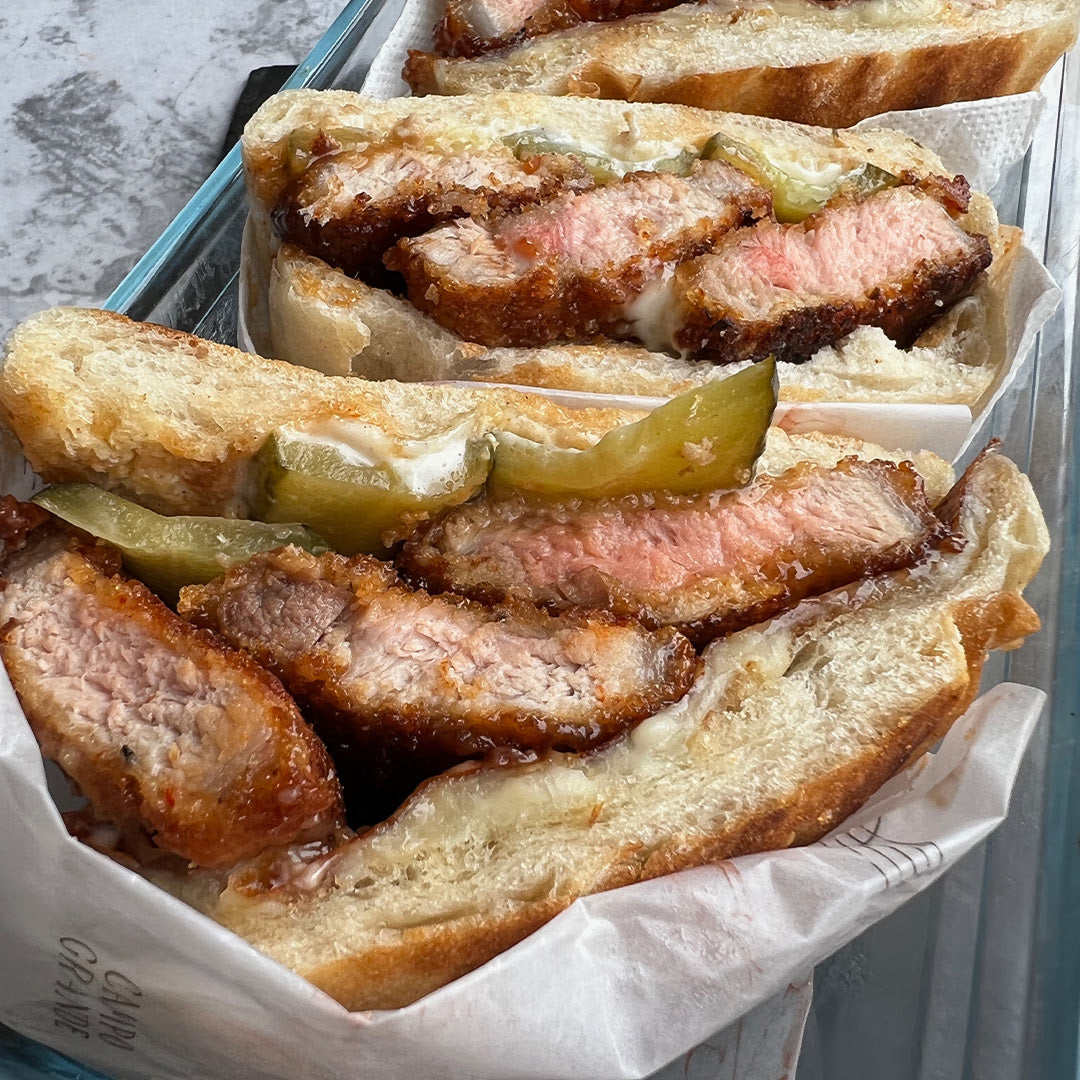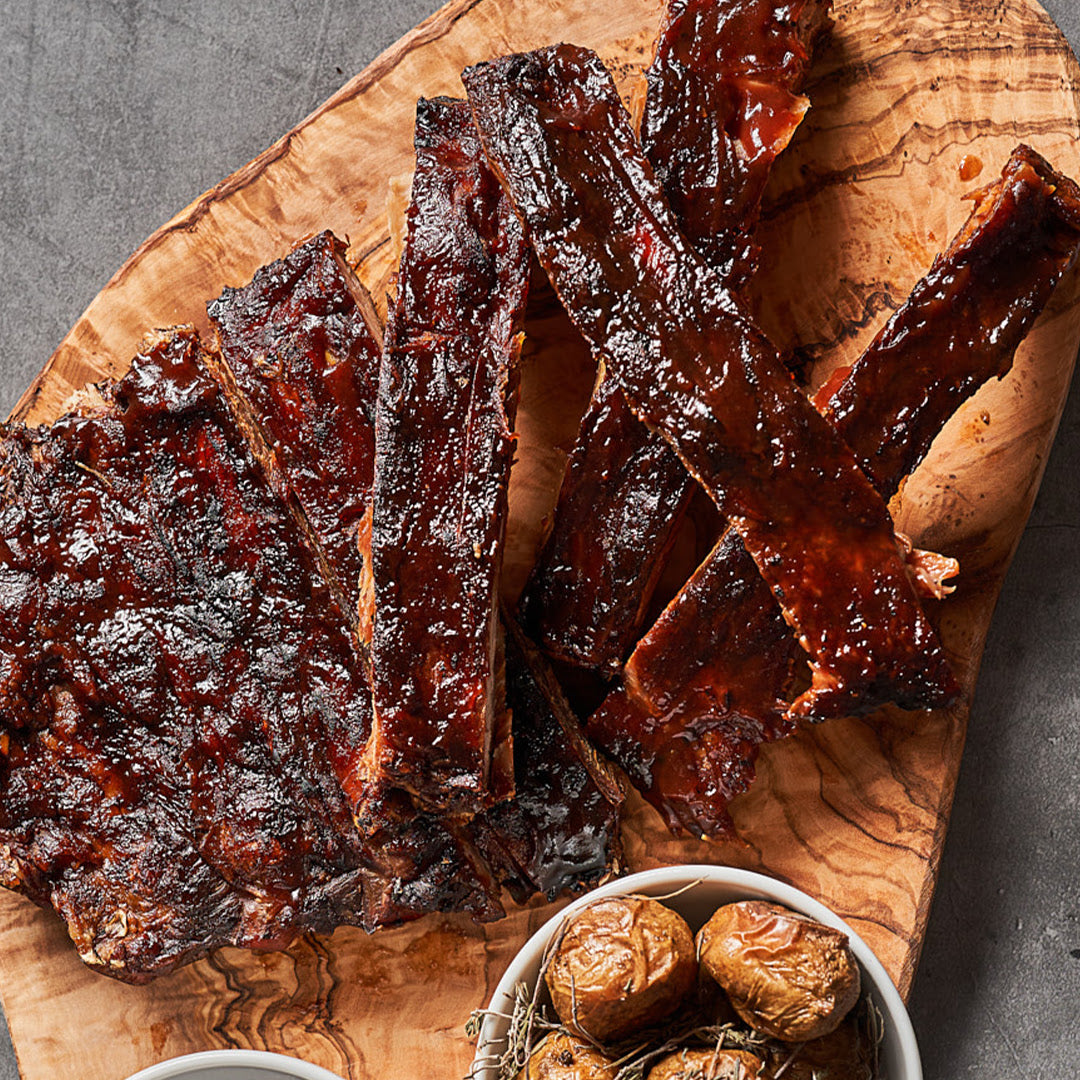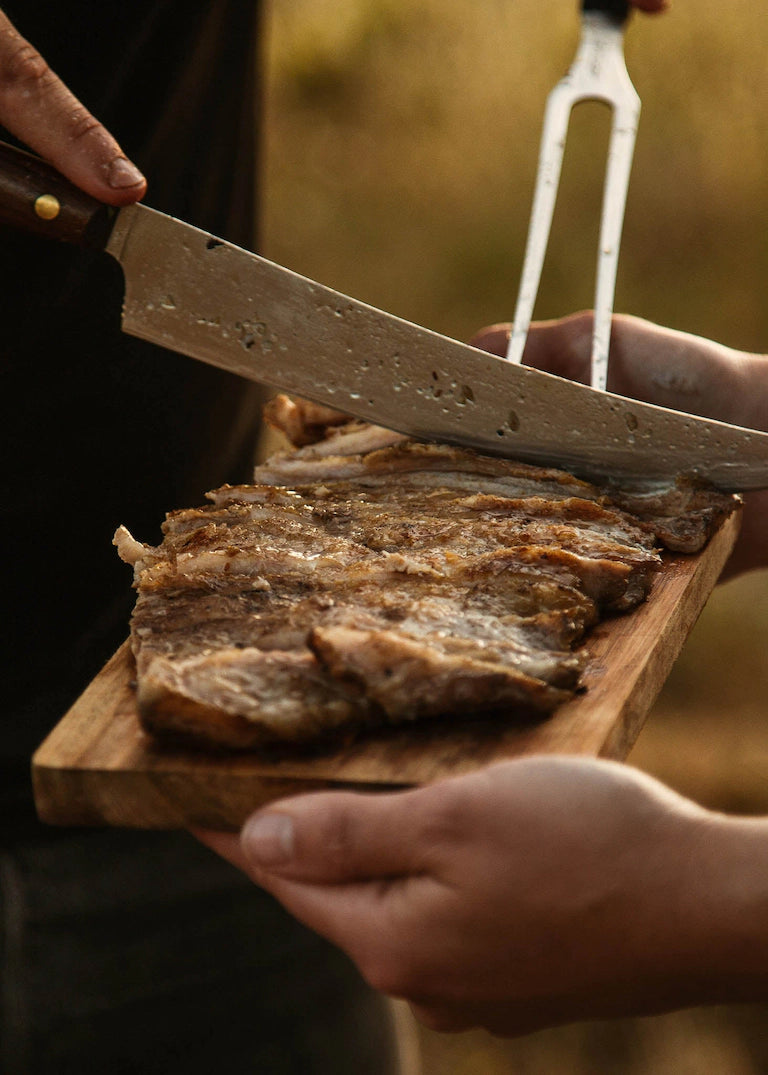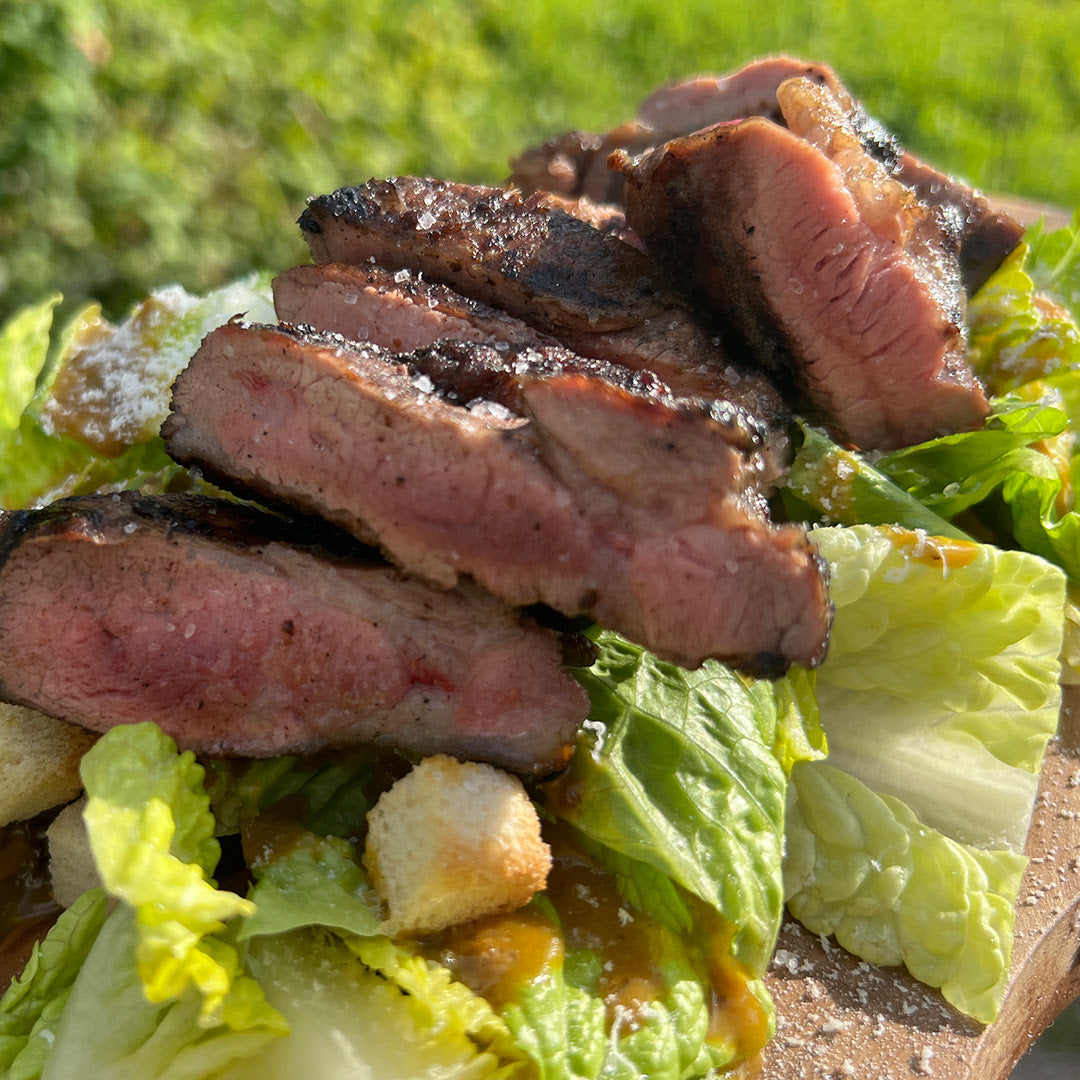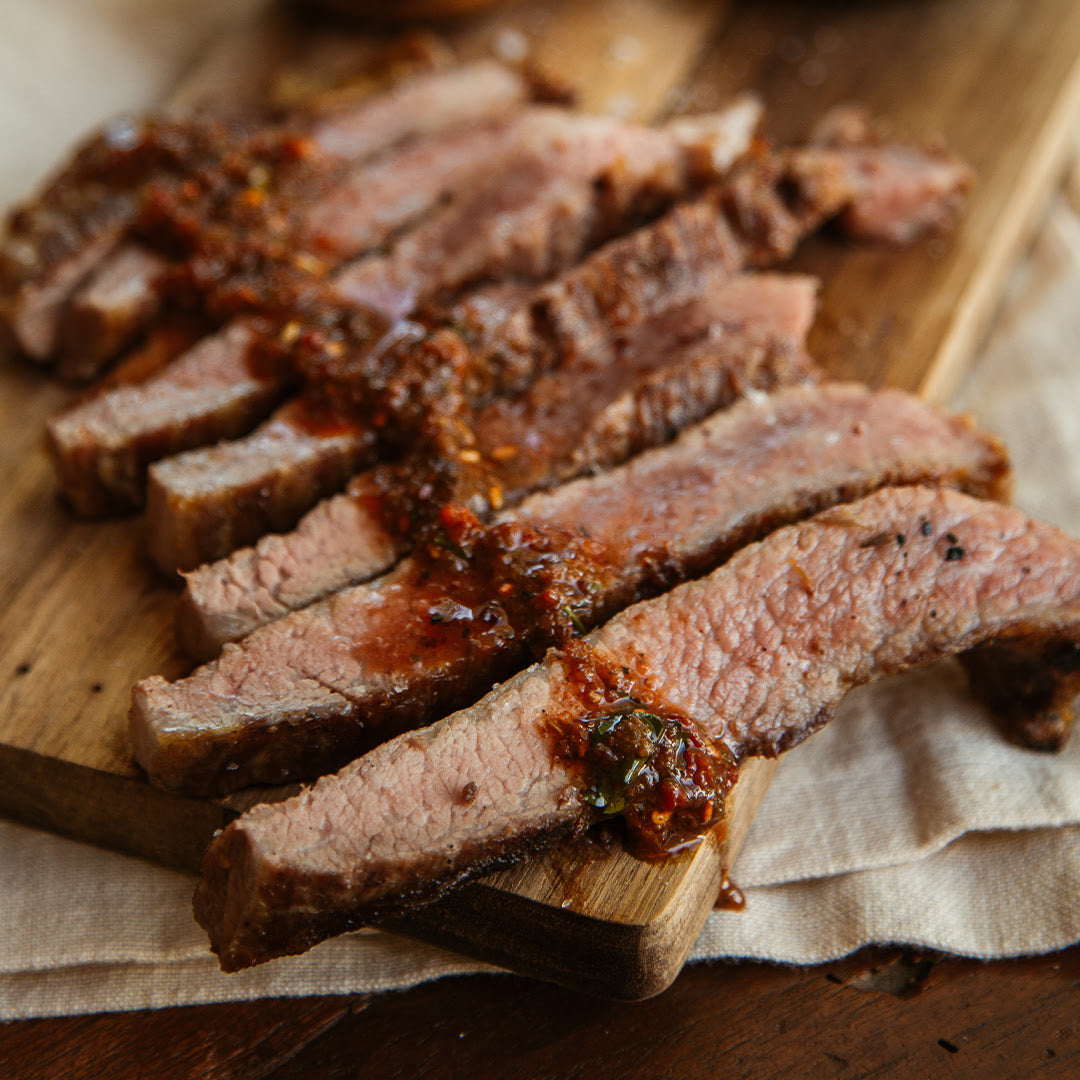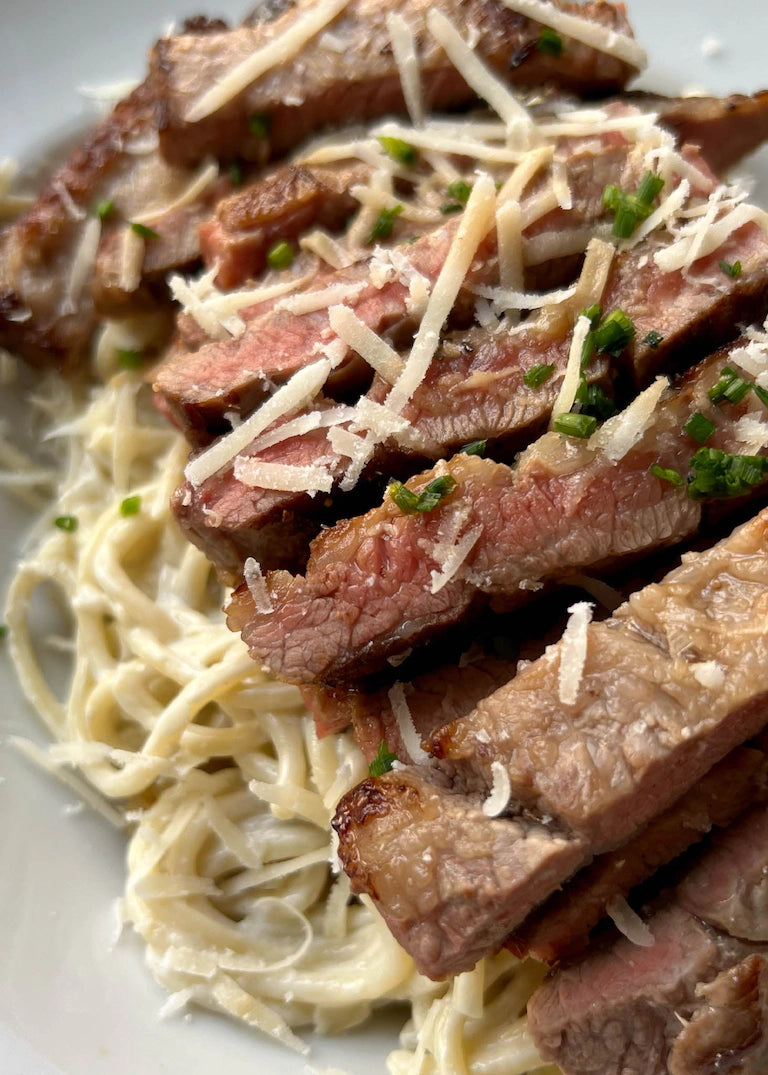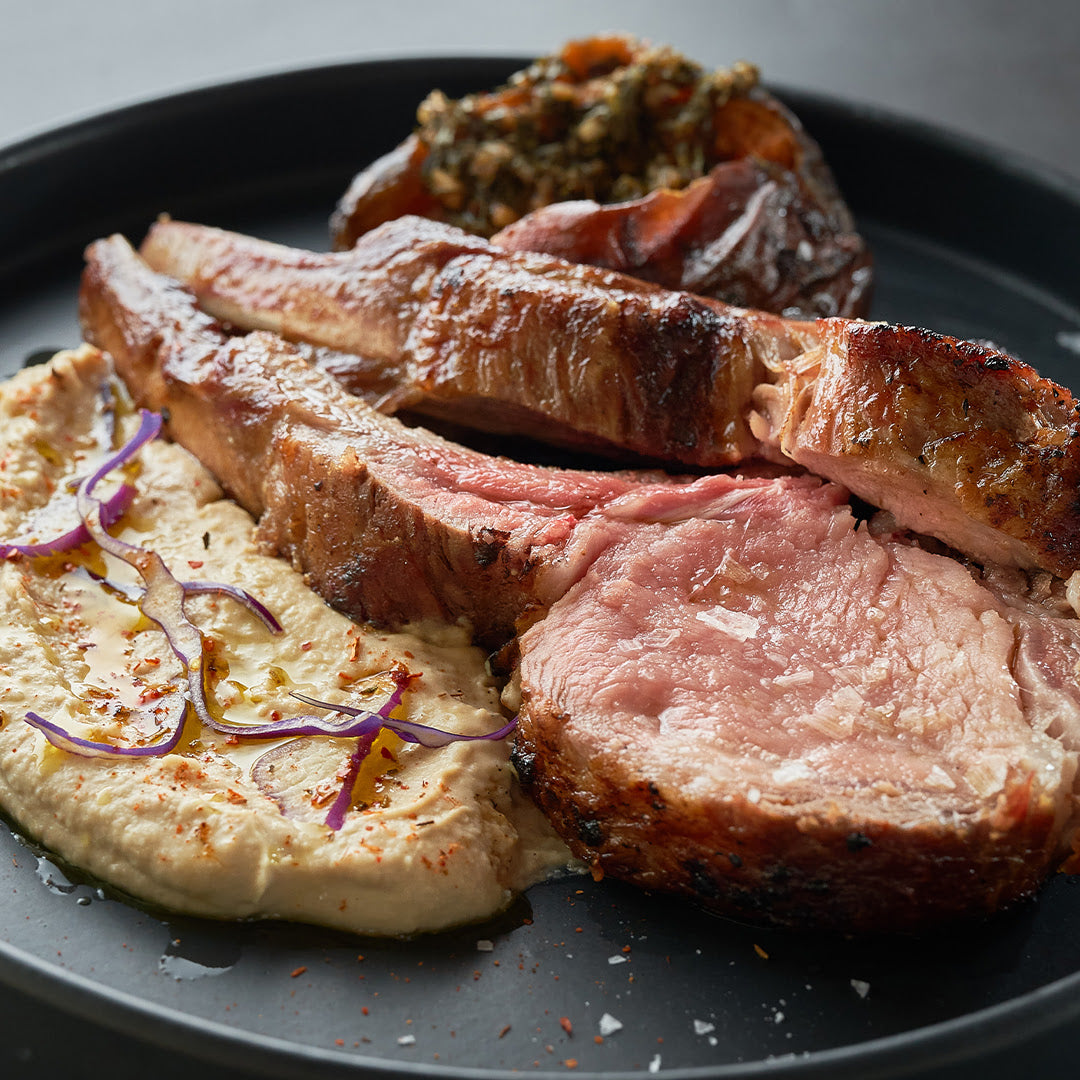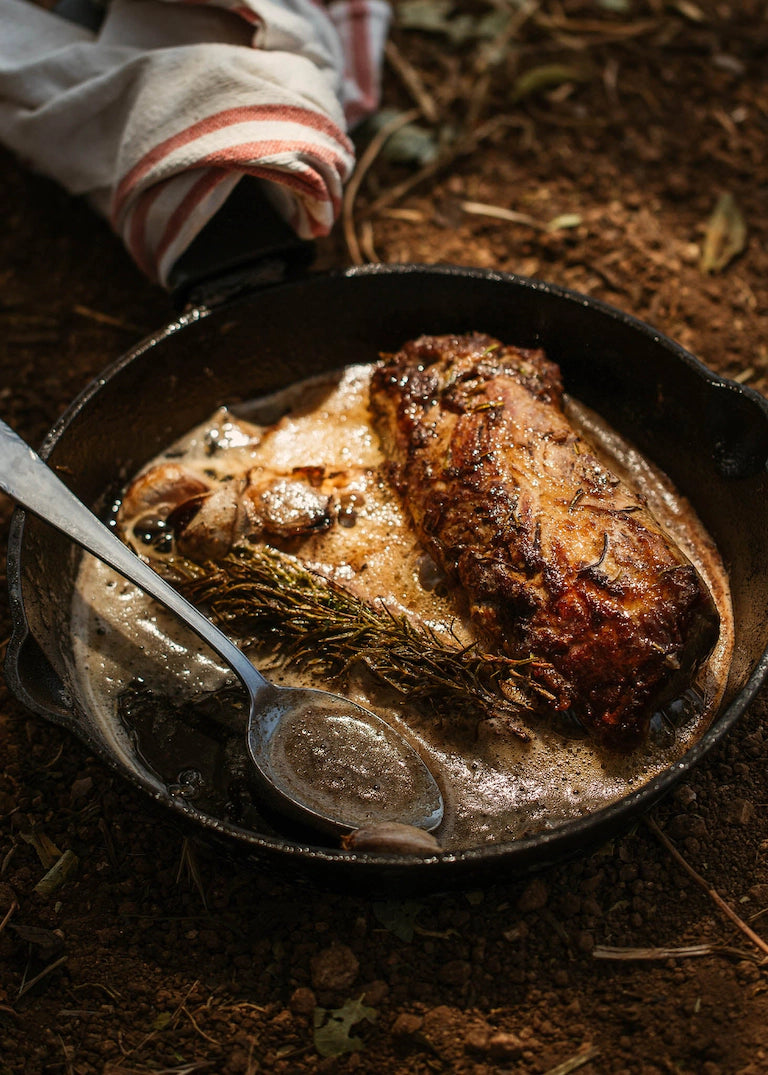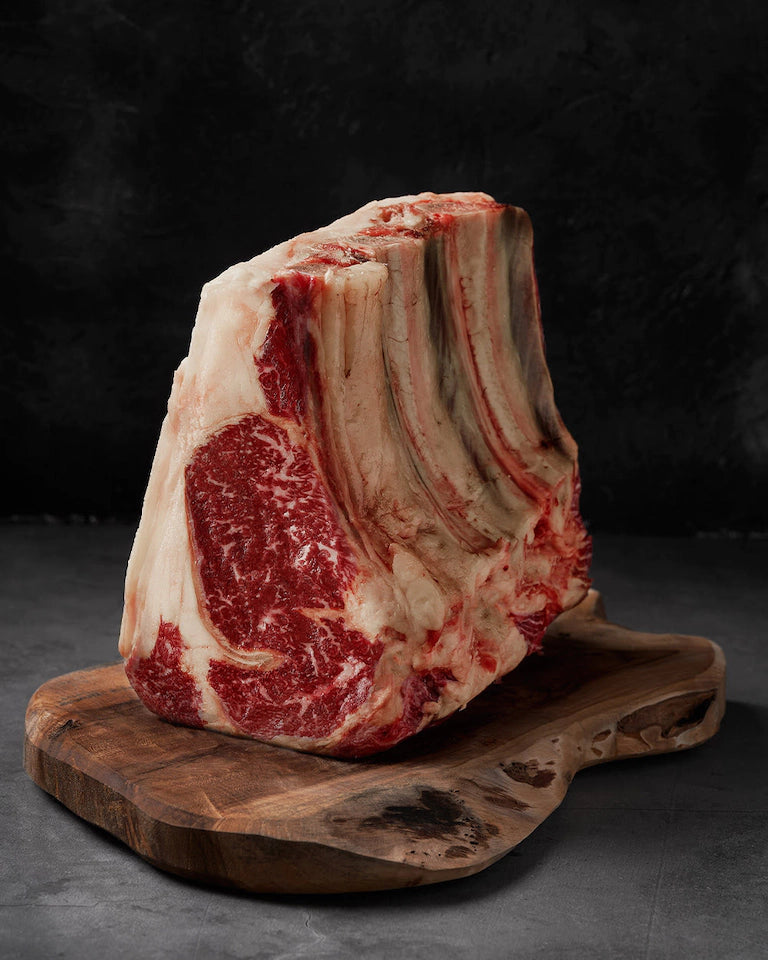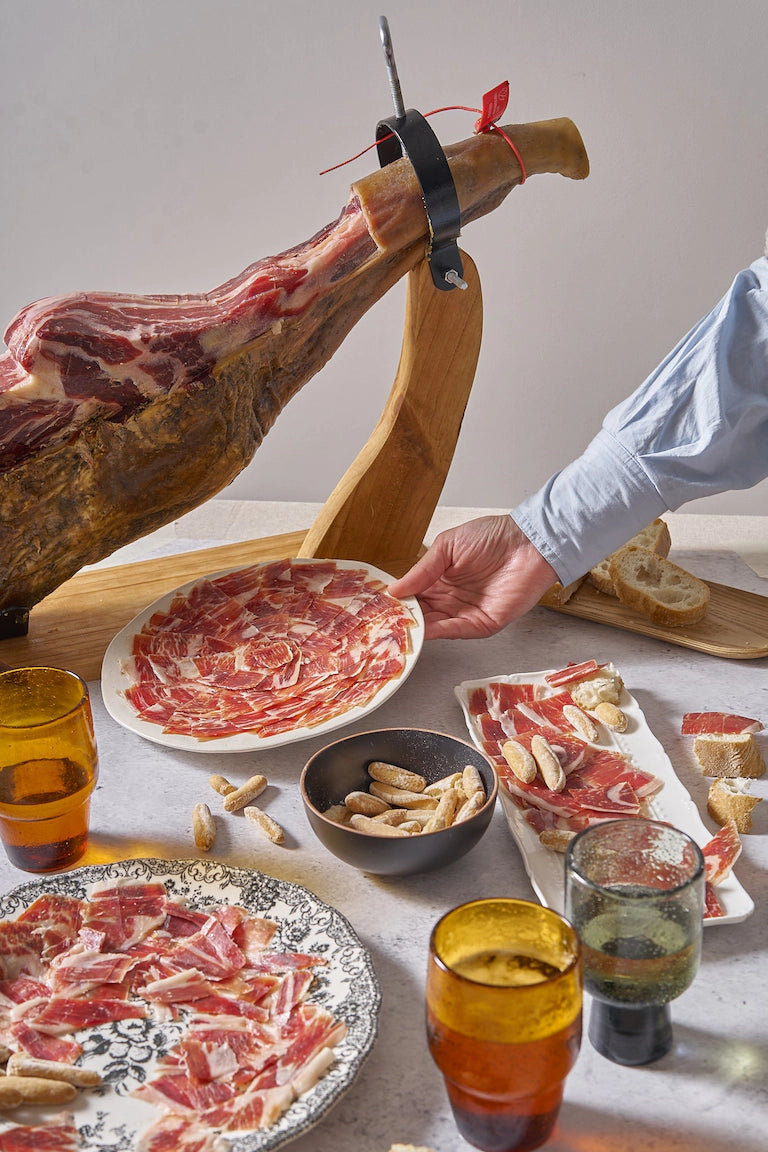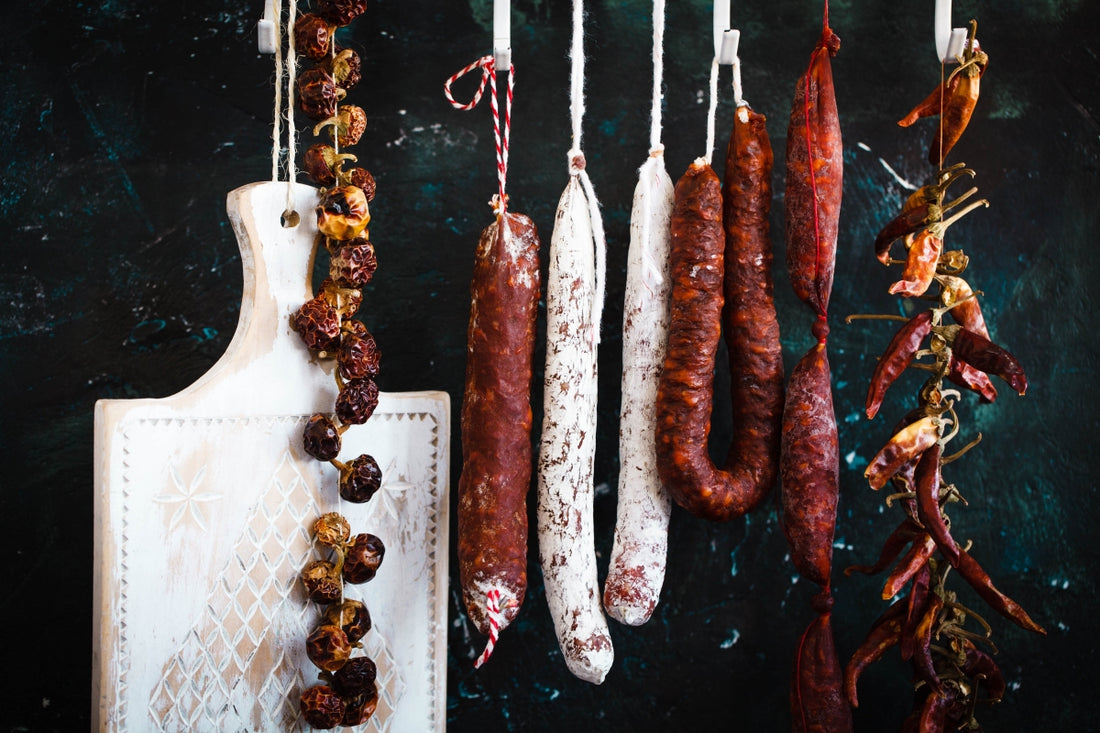
Look for information on the cuisine of Spain in any of the international gastronomic guides. Sausages will inevitably be part of all the lists, not only because of their fabulous presence in the most famous Spanish recipes but also because of the quality of the products, as they are considered some of the best in the world.
Sausages are only a tiny part of the charcuterie, which has been a significant industry in Spain for thousands of years and a determining factor in the survival of the people of yesteryear and the evolution of Spanish gastronomy. But where does charcuterie come from, and what is it?
Charcuterie: A millenary craft
The charcuterie is a part of the butchery that is dedicated to the preservation of meat of all kinds, especially pork. For meat to be preserved for an extended period, it must go through various laborious processes ranging from cooking and salting to smoking, maturation, and fermentation. This results in great-tasting products.
In fact, due to this great flavor that master charcuterie makers manage to provide, the art of charcuterie has gone from a process of preservation to giving a greater taste to meat products.
The first charcuterie jobs
People in prehistoric times knew the importance of preserving meat, so it could be said that the first charcuterie work was drying meat in the sun so it could be transferred appropriately.
However, in Ancient Egypt, the first written records of charcuterie are found using the salting method. From then on, everything has progressed to what we know today.
Spain is one of the countries where each of the charcuterie techniques was polished, and from the country, the knowledge spread to other parts of the world. The Spaniards, when slaughtering the pig, needed to take advantage of every part, and so they managed to explore the world of charcuterie in depth.
Now the country produces export-quality sausages, each more delicious than the last.
What are the most important charcuterie products in the country?
It is enough to open a recipe book of Spanish preparations to find out which are the most important products of this type because the frequency with which you will find some foods is incredible.
Ham
The pig's hind legs must be salted and dried to obtain a delicious ham. Iberian ham is one of the most important export products, as it is considered the best ham in the world.
Curing is essential to achieve the standard of quality to which we are accustomed, and this is a time-consuming process. Iberian ham requires at least 24 months of curing; if it takes 1 month less, the result will be very noticeable and not for the better.
Chorizo
Who hasn't eaten some delicious lentils with chorizo? This sausage is one of the most famous and used in Spain, so much so that each region has a unique recipe. The different types of chorizo can be smoked, cured, spicy, etc. It all depends on the taste of each person.
To prepare it, bacon and jowl are needed, seasoned according to each person's taste, and then stuffed into pork casings.
With so much variety, it is worth taking a Spanish gastronomic route in search of the best specimen.
Blood sausage
As we said before, charcuterie was born out of a need to take advantage of absolutely every part of the pig's slaughter. In the case of blood sausage, it was the blood that decided to be used, and combined with other ingredients, it became what we know today.
The most famous version is that of Burgos, as this preparation adds rice to the blood sausage. But other types of black pudding are combined with various ingredients; in the case of Galicia, the black pudding has dried fruits.
This versatile food can be grilled, grilled, fried, and stewed. It all depends on who prepares it.
Salchichón
Salchichón is delicious and can be made with different types of meat, pork being the most commonly used. The pieces are seasoned with pepper and other spices that vary depending on the charcuterie, are left to rest for several days, and then must be stuffed into a casing. Like chorizo sausages, salchichón can have different flavors depending on its elaboration process.
Depending on your region, you can get sausages with different ingredients.
Without the proper charcuterie techniques, enjoying these foods today would have been impossible. In addition, the country would not be recognized as one of the best exporters of sausages. These preparations only demonstrate the creativity of humans, who look for any resource to survive.
